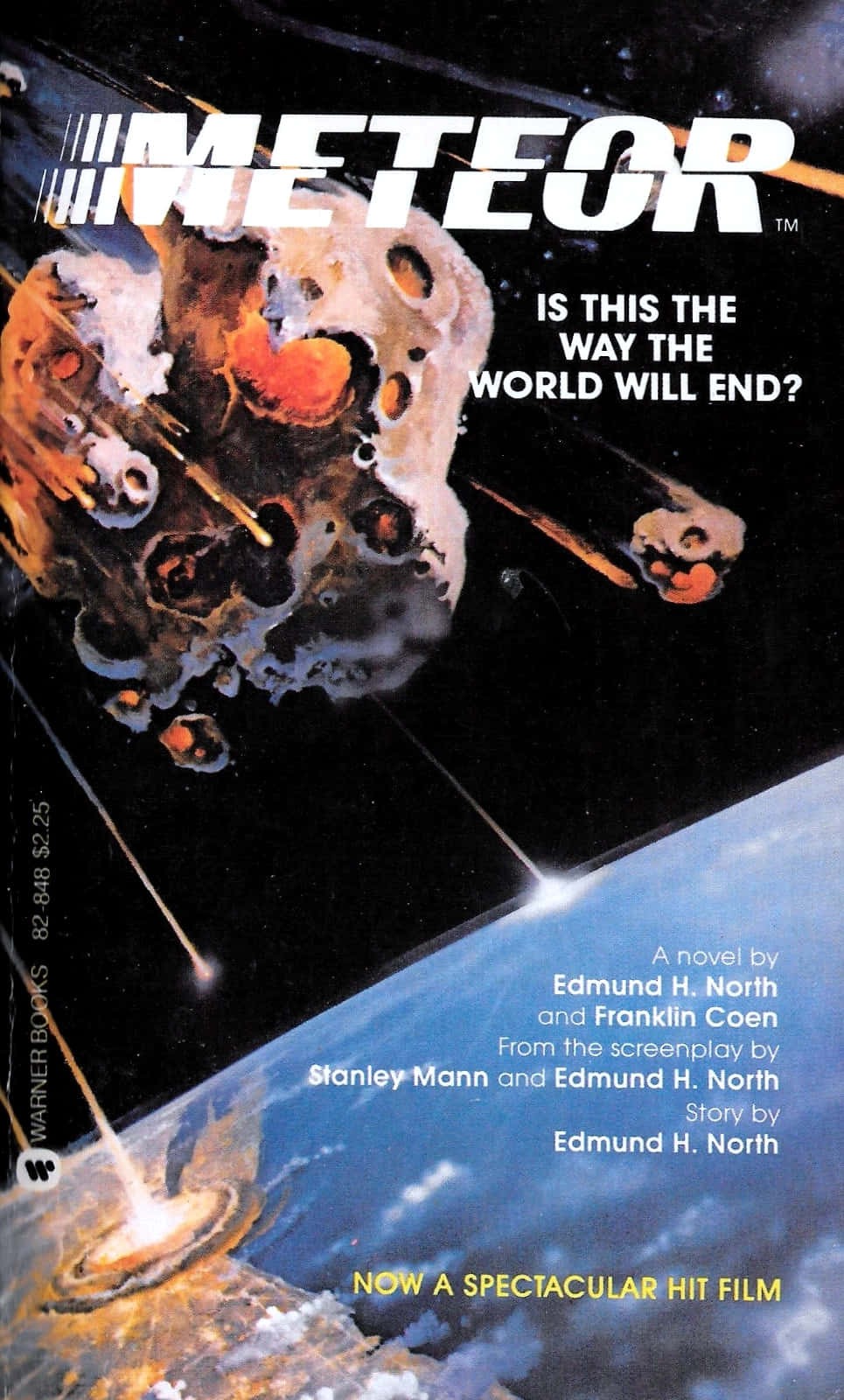From the back cover:
IT IS THE DAY AFTER TOMORROW...
The starving masses are rioting in wheat-poor Soviet Union.
The United States is in desperate need of fuel.
And a few Russian military fanatics have sent a suicide strike-force to capture the Alaskan pipeline as ransom for America's grain.
Now, a secret battle between a Russian and an American unit rages in Alaska's frozen wastes...
Now, the leaders of the two powers play a terrifying game of nuclear brinkmanship...
Now, two generations after "The Last Good War,", four generations after "The War To End All Wars," the world hurtles toward "The War That Nobody Wants"
The Big One...The Final One...
WORLD WAR III
NBC Miniseries from 1982, starring David Soul, Brian Keith, Cathy Lee Crosby, Robert Prosky and Rock Hudson.
Excerpt:
One of the hangars had been cannibalized to repair and insulate the other. It wasn't a beautiful job, but all it had to do was retain a reasonable amount of heat, which it accomplished, barely. But Caffey's primary problem wasn't keeping the men warm. His problem was keeping enough of them alive after each contact with the enemy (he was using the word now openly) so they could fight again. And again. Until he'd run out of men or ammunition, or until the Soviets quit and went home.
And they weren't quitting.
They'd keep it up, Caffey told one of his NCOs in response to a question during debriefing earlier, if they had to resort to throwing rocks and iceballs. Which was exactly what they'd be down to if later contacts were as costly as the first had been.
He knew he'd hurt the strike force. He'd killed or wounded probably thirty men and crippled if not destroyed the rocket-launching vehicle. Maybe they could patch it up. It didn't matter. It would cost them time. They'd be much more cautious now. They'd move slower. But the price he'd paid was staggering. Two of his four choppers were out of action---half his air force. He'd lost two pilots in the Huey that went down plus two thousand rounds of precious ammunition. A pilot in the second attack Huey was badly wounded and the chopper itself was no longer useful---the bullet-riddled fuselage attested to the miracle that it had returned at all. He'd lost nine men in his infantry---two killed, seven wounded. It wasn't a terribly high casualty count until you considered that he'd only used thirty men in the first skirmish; that's as many as he could cram into two choppers. Thirty percent casualties against three or four percent for his enemy weren't terrific statistics, no matter what he'd accomplished. He'd irritated them and that's about all he'd done. They weren't stopped and they weren't turning back. What they were was angry, Caffey thought. And waiting eagerly for the next time.
These were the things he'd explained in tonight's briefing. He took a long breath when he asked for questions.
"Sir, nobody's mentioned it, but . . . what about our families?" It was the lieutenant who'd asked if the plan would work the day before. "I know it sounds irrelevant, considering what's happening up here, but some of us were due to go home two days ago. I don't want to go back until we've done our jobs, and I know our families don't know what we're actually doing, but . . . what do they think we're doing here?"
"They've been told exactly the truth, Lieutenant." Caffey offered a tiny smile. "You've been snowed in by the weather . . . and you're all eating well and getting exercise."
There was some laughter.
"How much longer can we keep it up, sir?"
"Until the weather breaks," Caffey said. "Until we run out of ammo or the people to use it."
The laughter died away.













